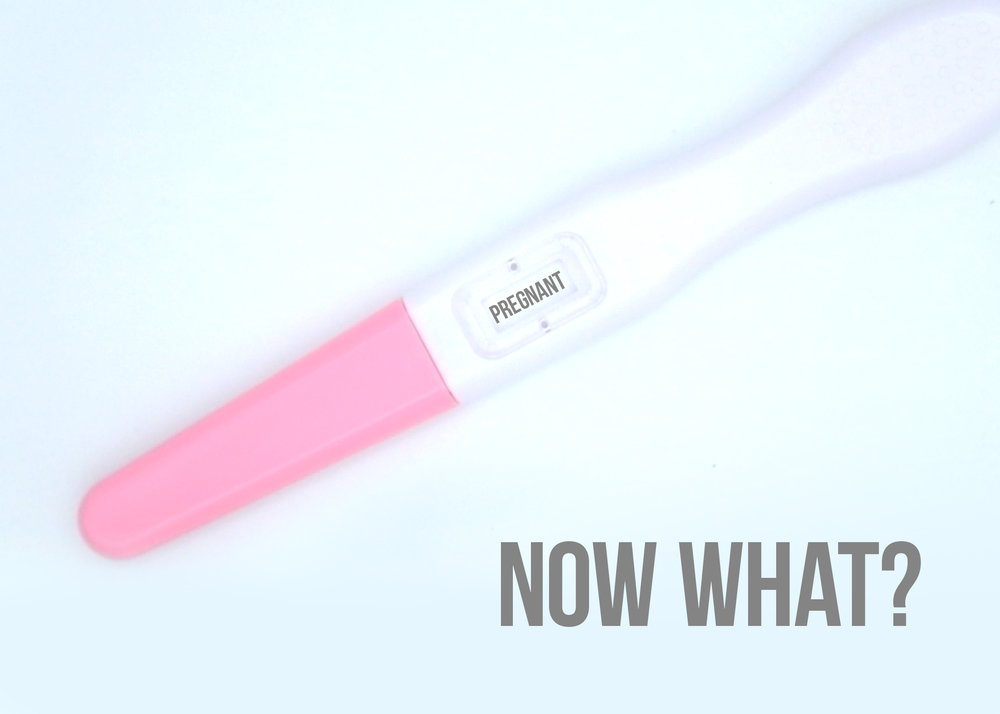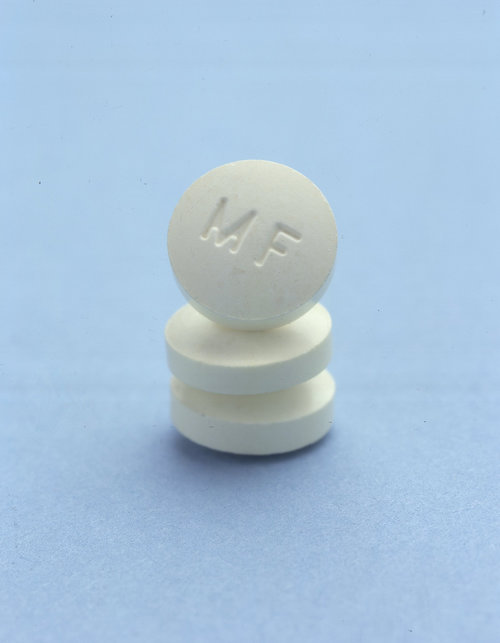
Becoming pregnant when you didn’t plan it, when you didn’t want it, and when you didn’t expect it can feel like your life has been thrown off course.
There can be a lot of reasons why you don’t feel ready for the responsibility of parenting: How can I afford it? What if I’m doing this alone and have no support? What if I’m just scared and don’t feel ready?!
First, it must be said: Those are all VALID and REASONABLE fears.
But if you are in the process of determining whether or not you should parent, or if you should make an adoption plan, or if you are wanting to choose abortion, you need to be prepared. You should know what that abortion procedure looks like and what potential complications are in order to be able to properly care for yourself and your body.
When seeking an abortion in the first trimester of pregnancy, the Abortion Pill (or RU-486) is a viable option until about 10 weeks (or 70 days) gestation. But this isn’t a one-time doctor visit or a quick process. The first pill taken would be mifepristone, which blocks the hormone progesterone from reaching baby, and thus ends the pregnancy.
And then 24-48 hours later you would take misoprostol, which will then begin the process of expelling the tissue and blood from your uterus. Expect heavy cramping and bleeding that could last for anywhere from a few hours to a few days.
After taking the two medications, you need a follow-up visit with your doctor 7-14 days later to ensure the completion of the abortion. If not, there’s a risk of infection and other serious complications. Between 2-7% of women will likely require a surgical procedure due to the abortion not being complete with this protocol, or for excessive bleeding.
Approximately 85% of women will experience some adverse reaction, such as the following:
Nausea
Weakness
Fever/chills
Vomiting
Headache
Diarrhea
Dizziness
Again, this just points to the need of receiving follow-up care to ensure your well-being, and that also includes your emotional and mental health.

JAMES WORRELL/TIME & LIFE PICTURES/GETTY IMAGES
